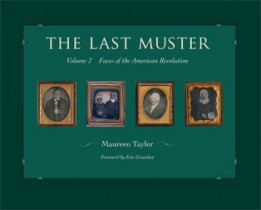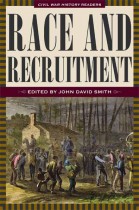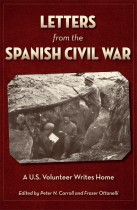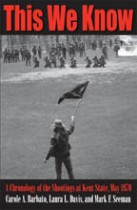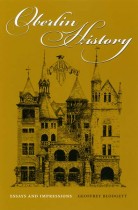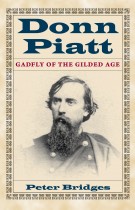The Battle of Lake Erie and Its Aftermath
David Skaggs | Filed under: Audiobooks, History, Military History
Few naval battles in American history have left a more enduring impression on America’s national consciousness than the Battle of Lake Erie, September 10, 1813. This splendid collection celebrates the bicentennial of the American victory with a review of the battle and its consequences. The volume is divided into three sections.

